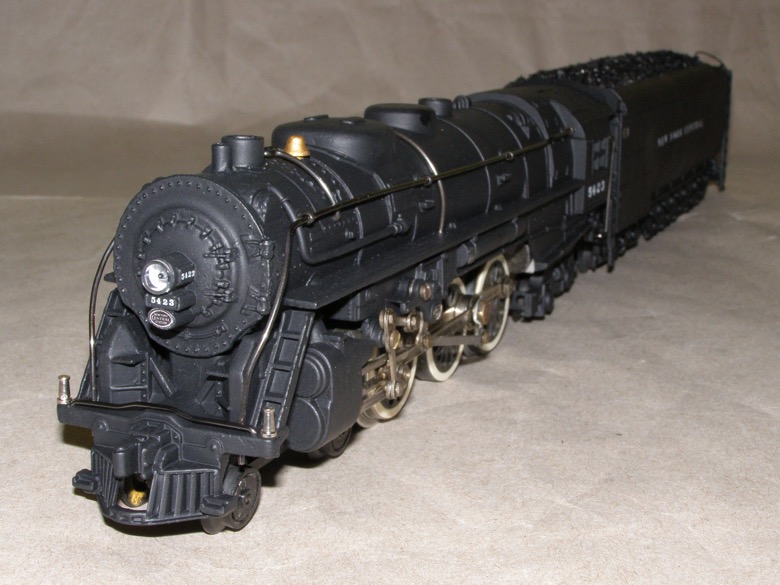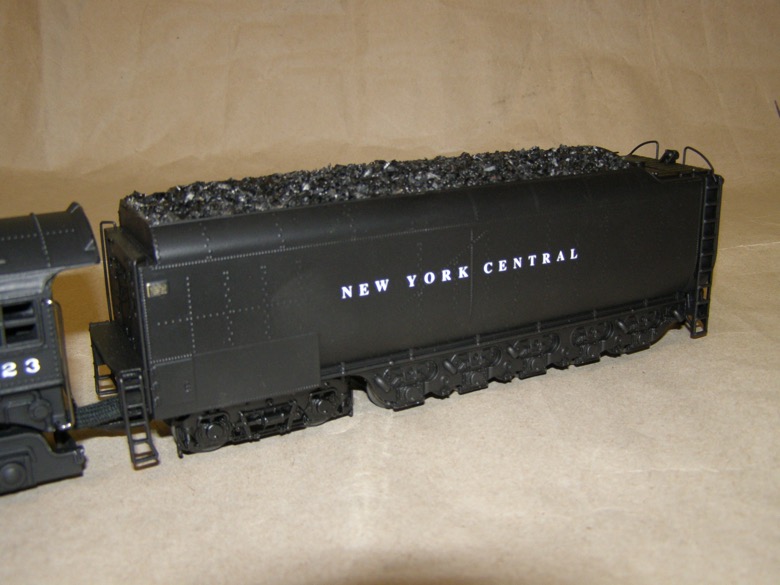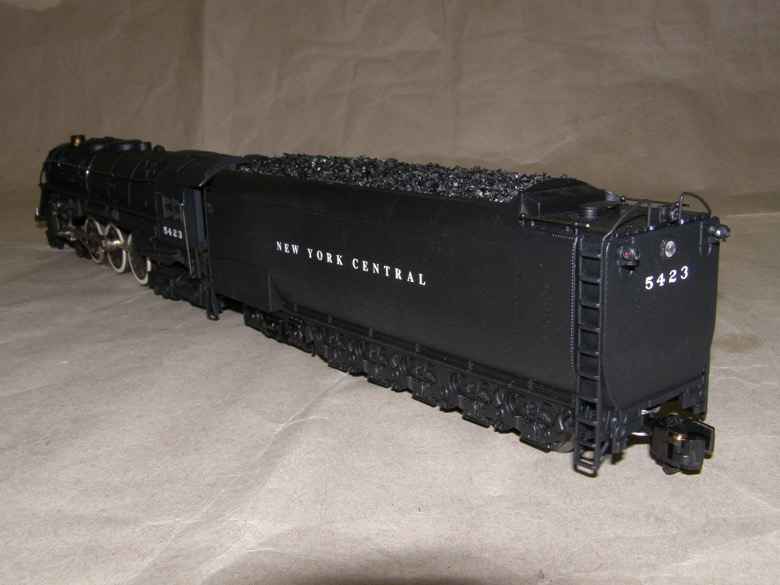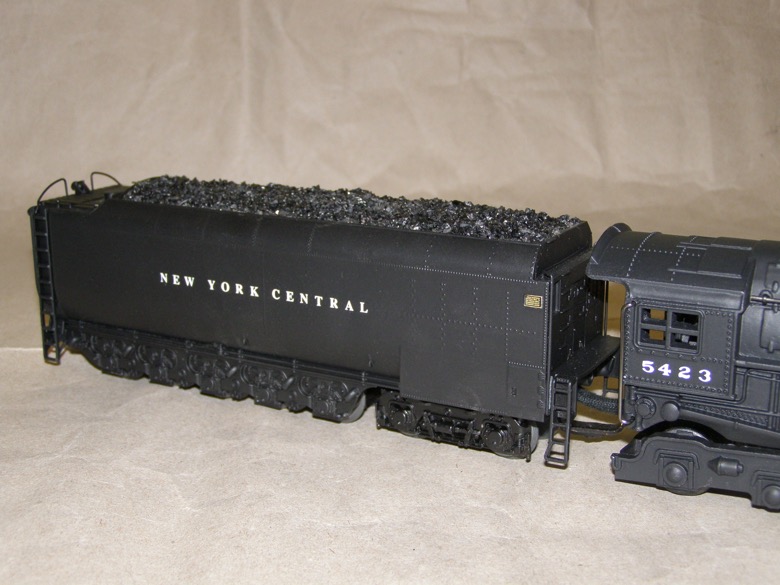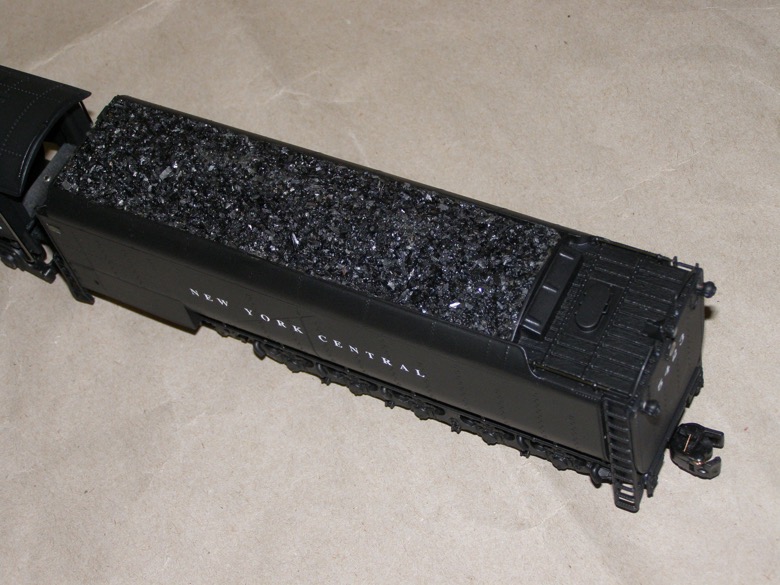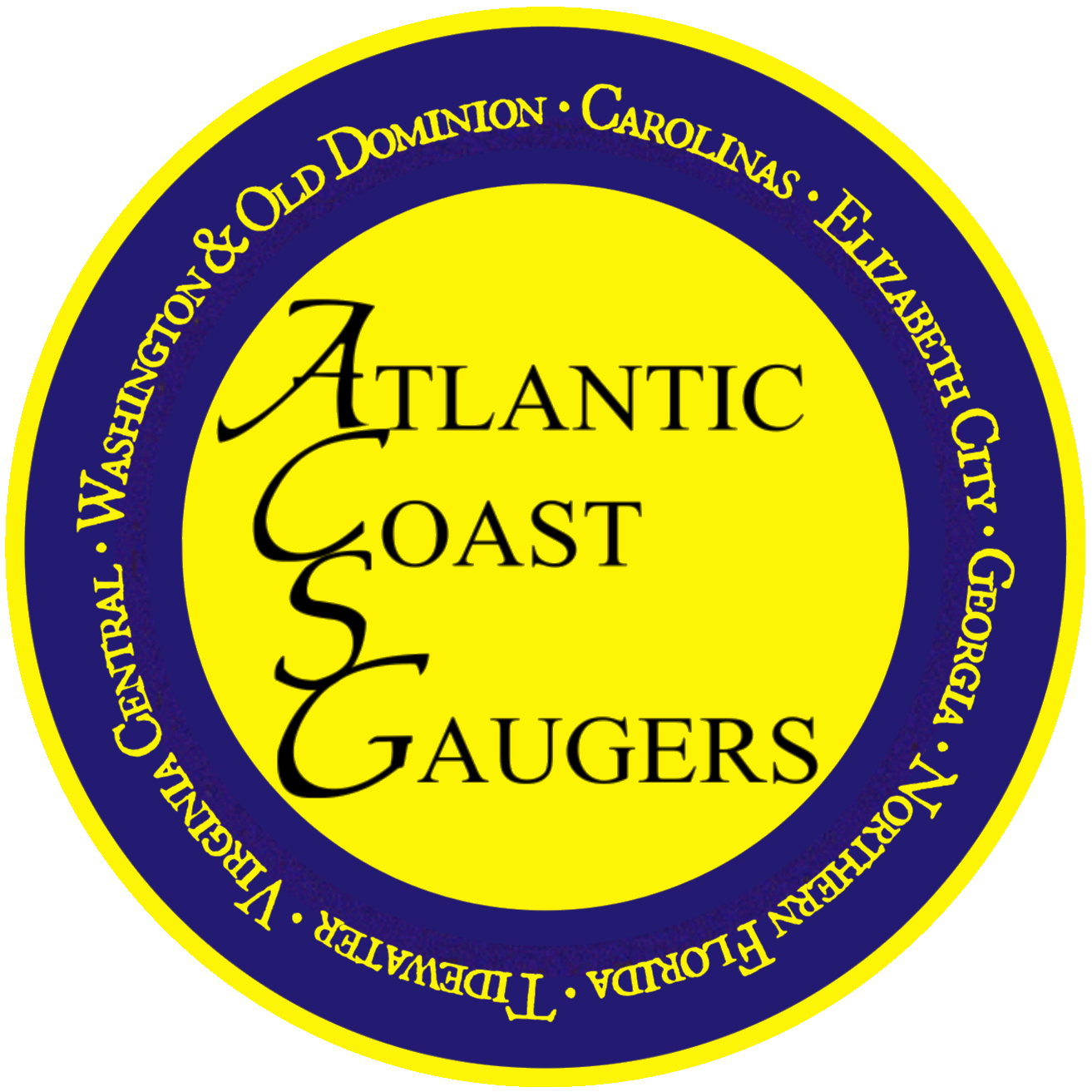
|
Atlantic Coast S Gaugers - ACSG
"Promoting S Gauge along the East Coast" |
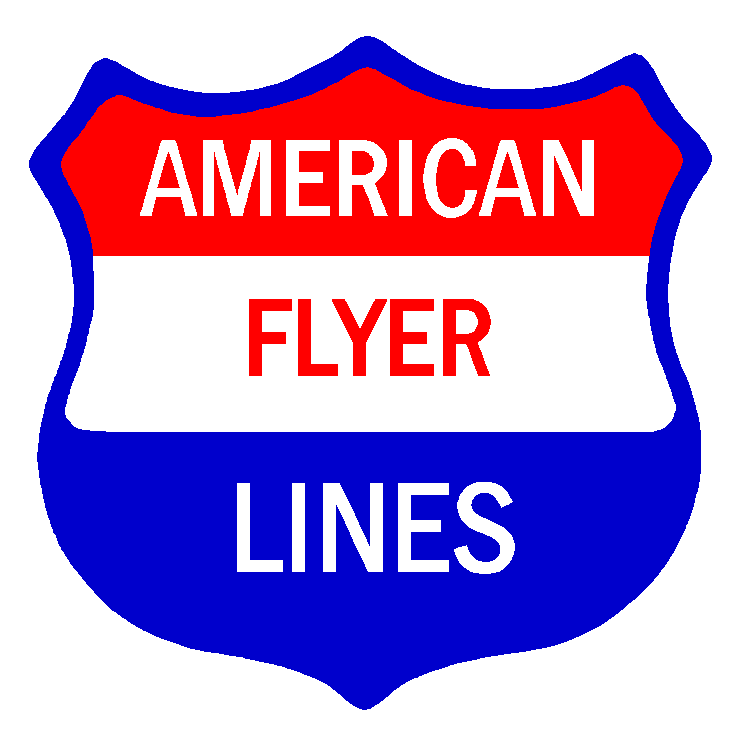
|

|
Atlantic Coast S Gaugers - ACSG
"Promoting S Gauge along the East Coast" |

|
New York Central Hudson with Centipede Tender
Then Lionel came out with its Big Boy with a centipede tender and I had hopes of using it for something else, but was disappointed with its design and, what I considered, poor adherence to scale proportions.
When Lionel issued the S scale challenger I figured the tender from the Big Boy would be used. But I was pleasantly surprised when I had a chance to see one. Lionel did an excellent job of designing this unit; in fact the whole locomotive appears to be a rather superior effort in S scale modeling.
So, now that an appropriate centipede tender now existed, there was the problem of how to get one and then decide what to put it behind. The latter problem was relatively easy. The New York Central used the centipede tender behind a number of its locomotives used in long runs. The Hudsons and Niagaras could make the run from New York City to Chicago with just one fueling stop to load up coal. The NYC tenders were equipped with water scoops so the trains could pick up water on the fly, the later designs were able to pick up water at 80 miles an hour.
Another locomotive possibility was the Union Pacific Northern type. But the Northern modeled by Lionel (and Gilbert) has the wrong configuration of domes and some extensive modification of the locomotive would have to be made in order for it to go with the centipede tender.
To make a Niagara would require making extensive modifications to an existing locomotive but I did not have one that presented the possibility of providing a suitable starting point for this kind of project.
So, my major efforts concentrated on the Hudson locomotive. A basic Gilbert Hudson could be used since many Hudsons were fitted with the centipede tender at some time in their service.
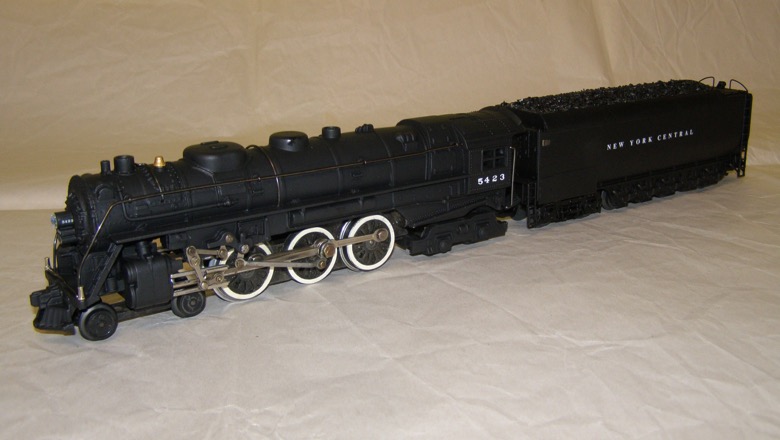
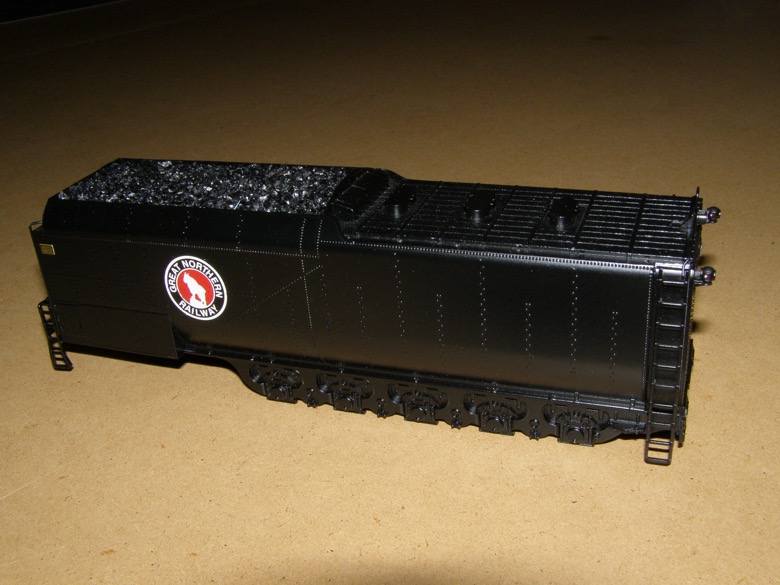
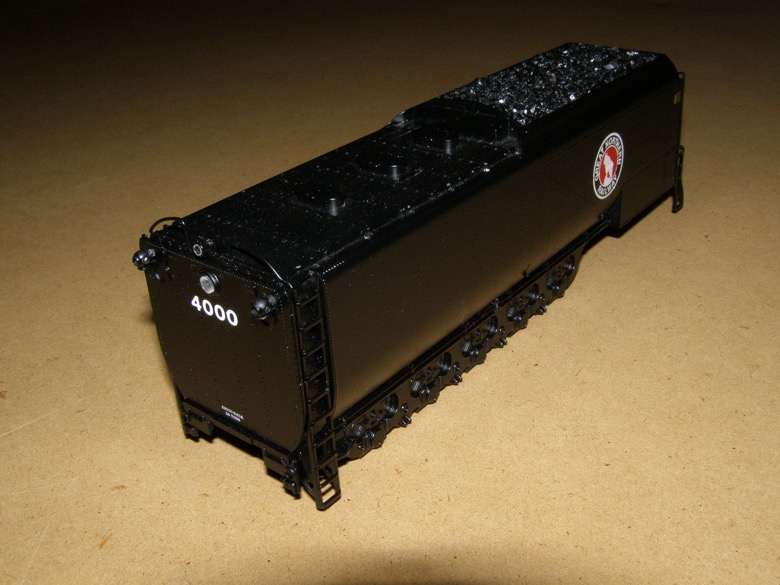
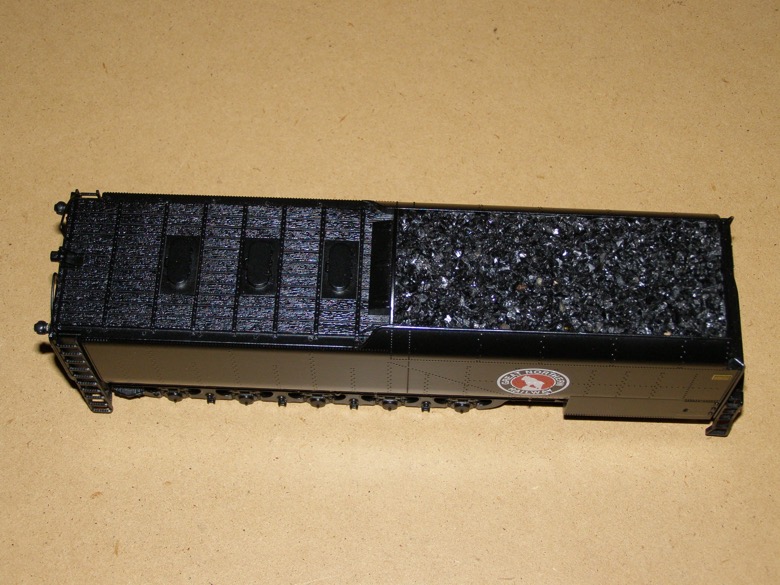
Placing the tender behind the Hudson revealed one problem, the tender was a bit too tall to look good with the Hudson. This was solved by lowering the tender on its frame by 1/16 inch. The tender still looks big behind the Hudson but the real locomotives were nearly overpowered by the huge tenders they were pulling. The Lionel tender captured this relationship rather well. The cab roof line of the model locomotive compared to the tender matched up fairly closely with the prototype engines.
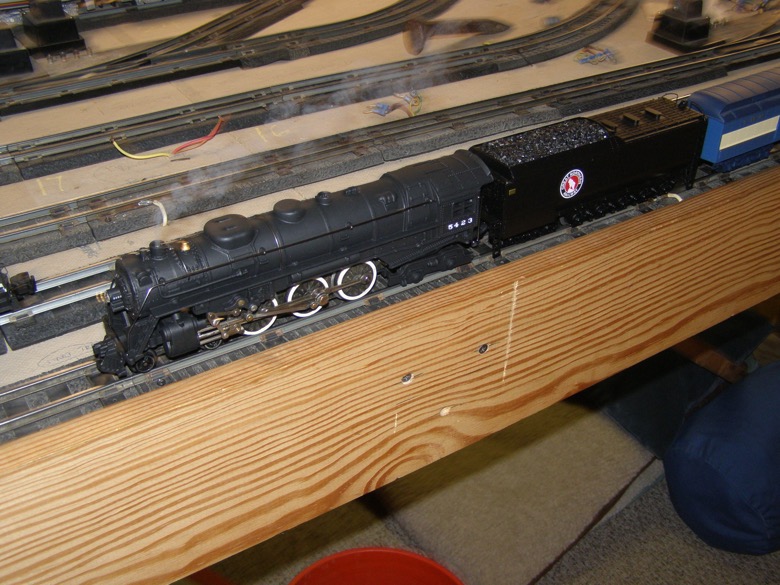
After a LOT of thought I finally decided that I would have to cut the rear of the top section of tender off and rearrange the pieces. I was very reluctant to do this; even considered just repainting and lettering the tender for the NYC as it already existed, with equal bin and tank. But I decided I could not live with this, it would bother me every time I looked at the engine.
So I made the cuts and removed most of the decking for the rear deck over the water tank. The rear of the coal bin was moved back to near the rear of the tender, leaving just one water tank hatch.
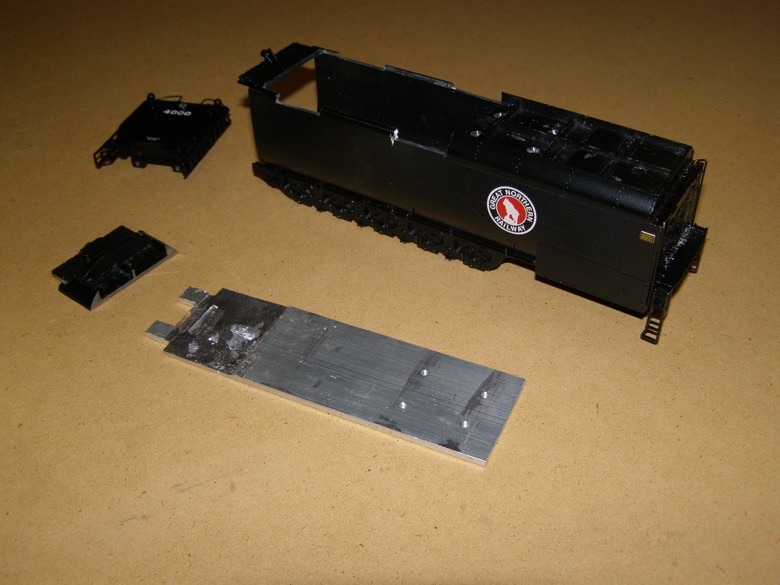
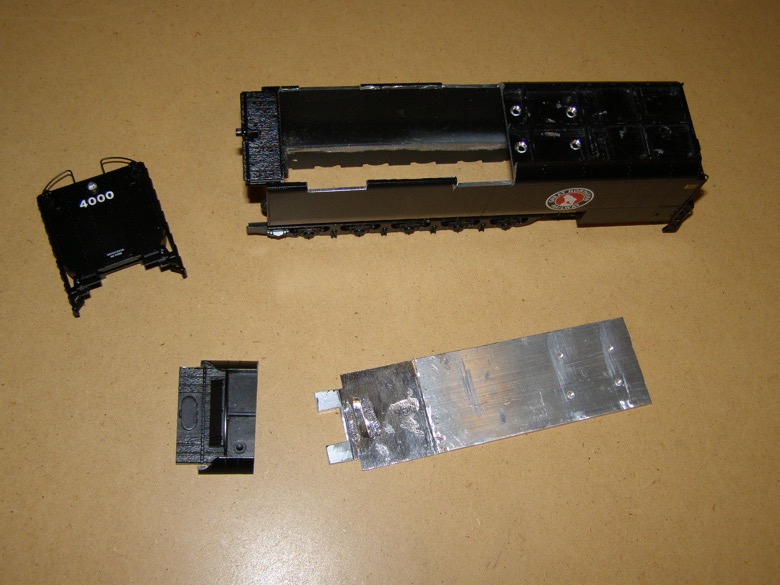
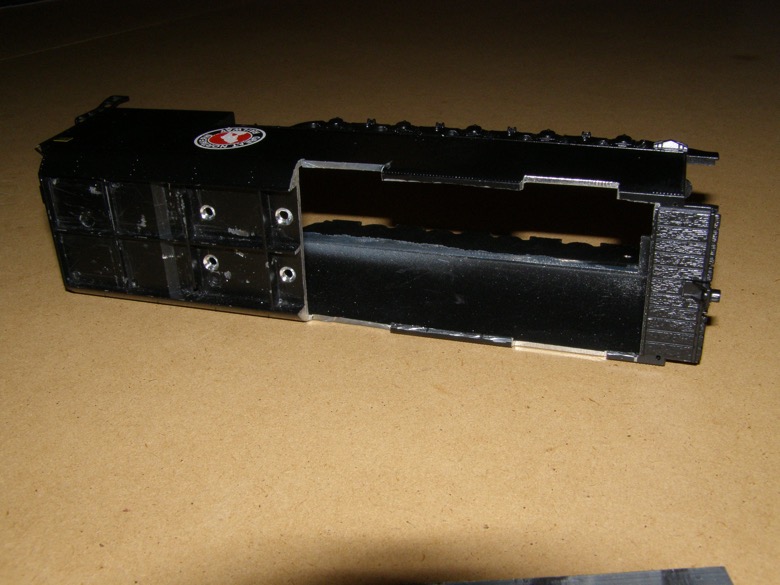
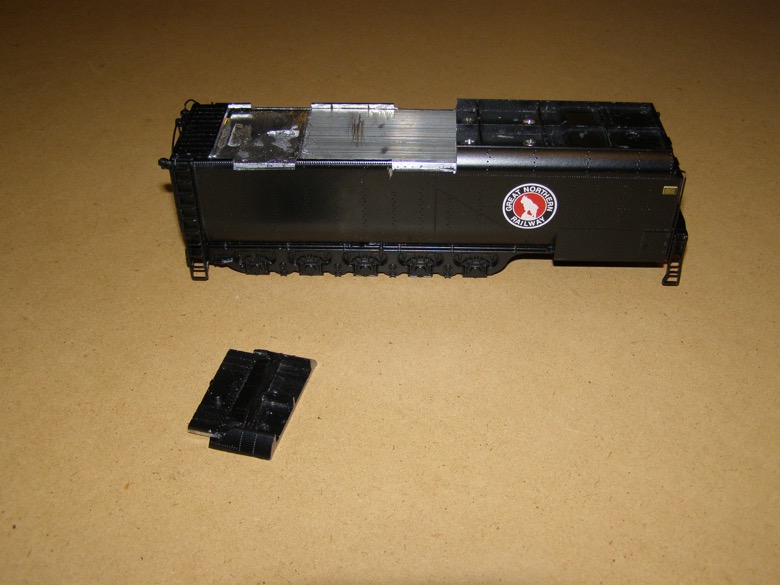
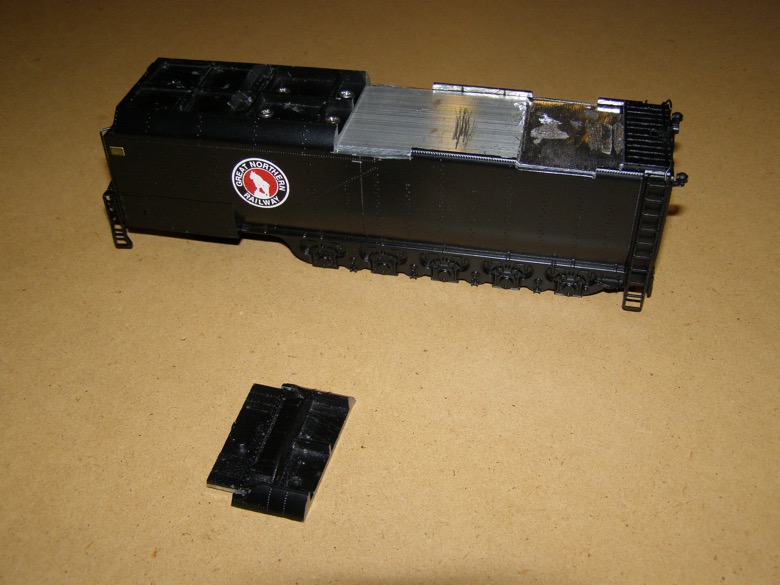
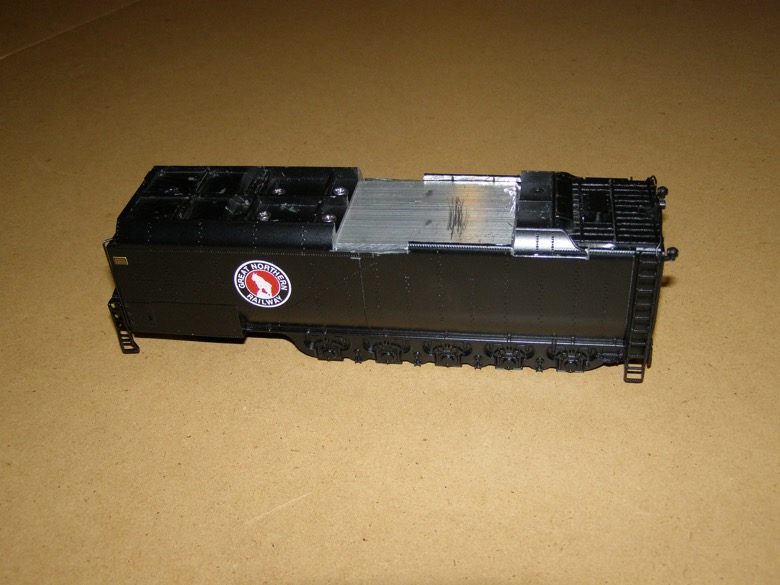
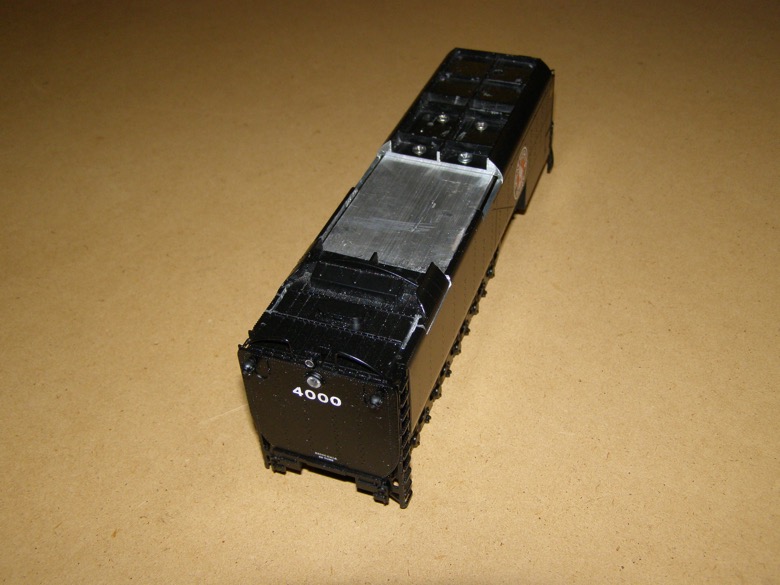
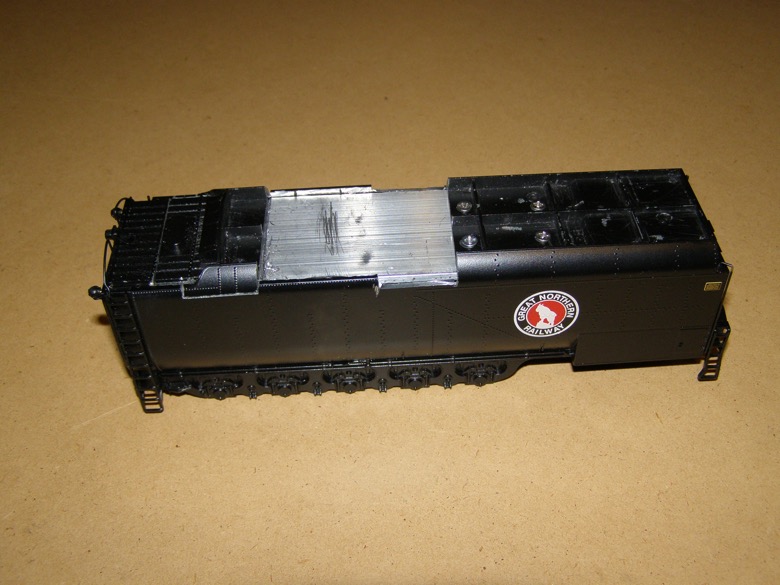
It makes a fine addition to my growing stable of New York Central thoroughbreds. Currently, I have a standard Hudson, the new Hudson with the centipede tender, and a Mohawk with a long tender with a 43-ton coal capacity.

